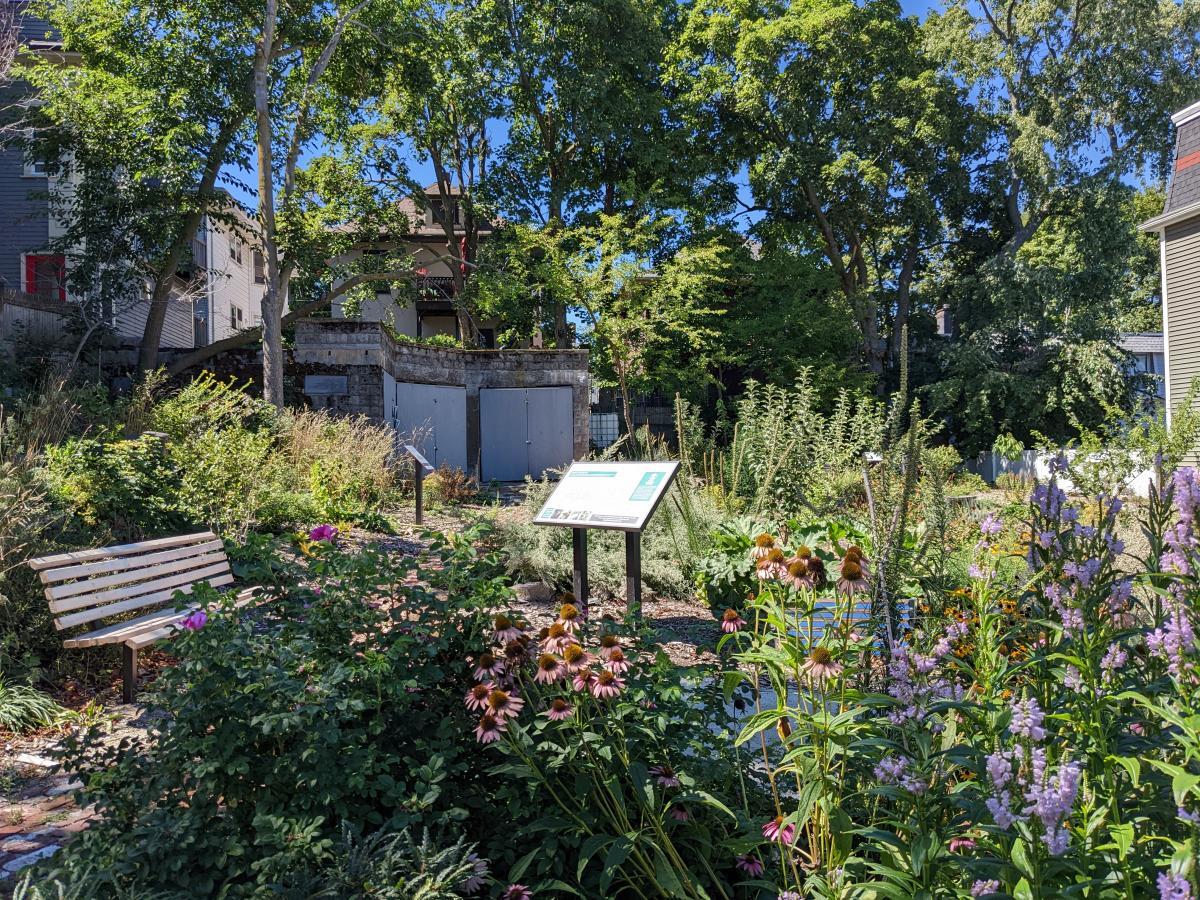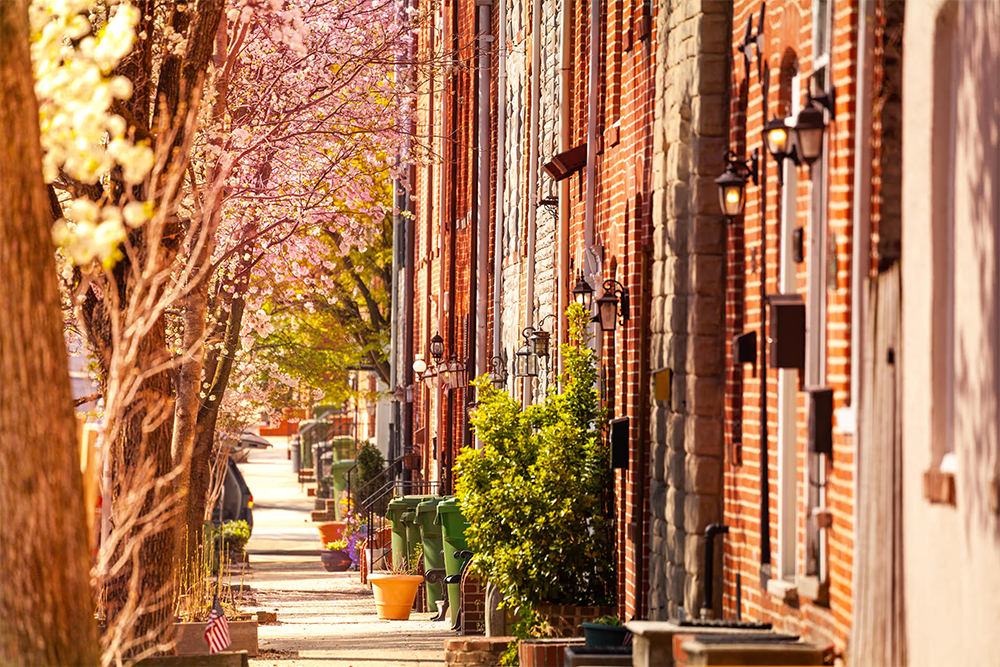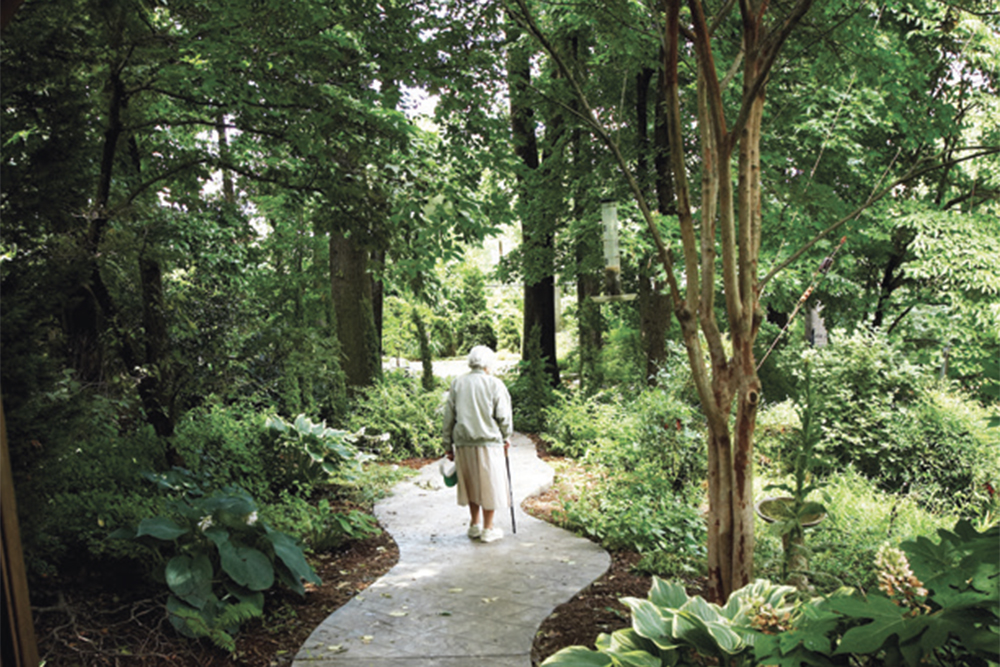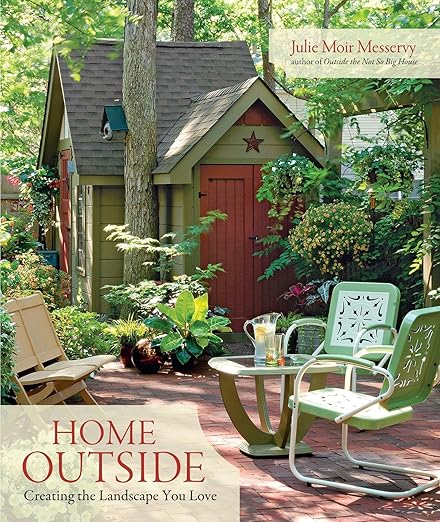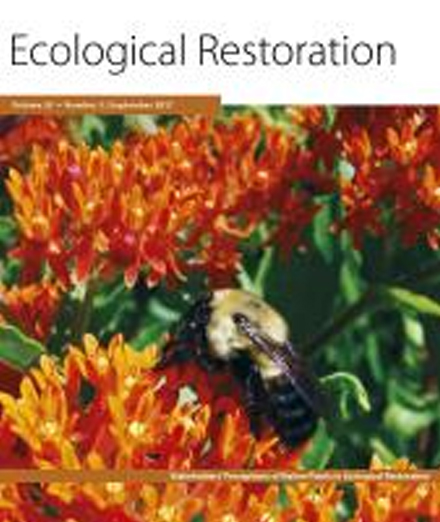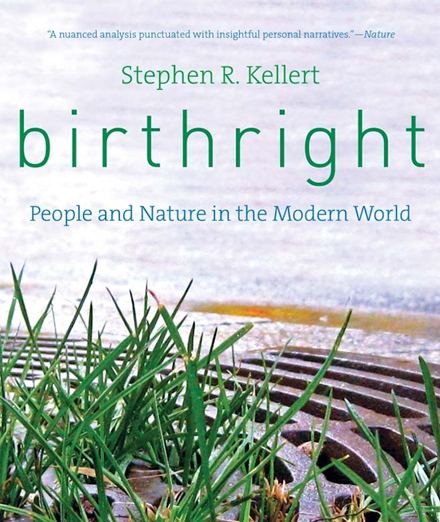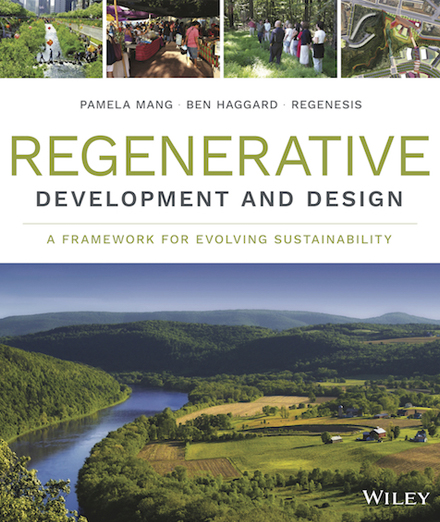COG IN THE NEWS
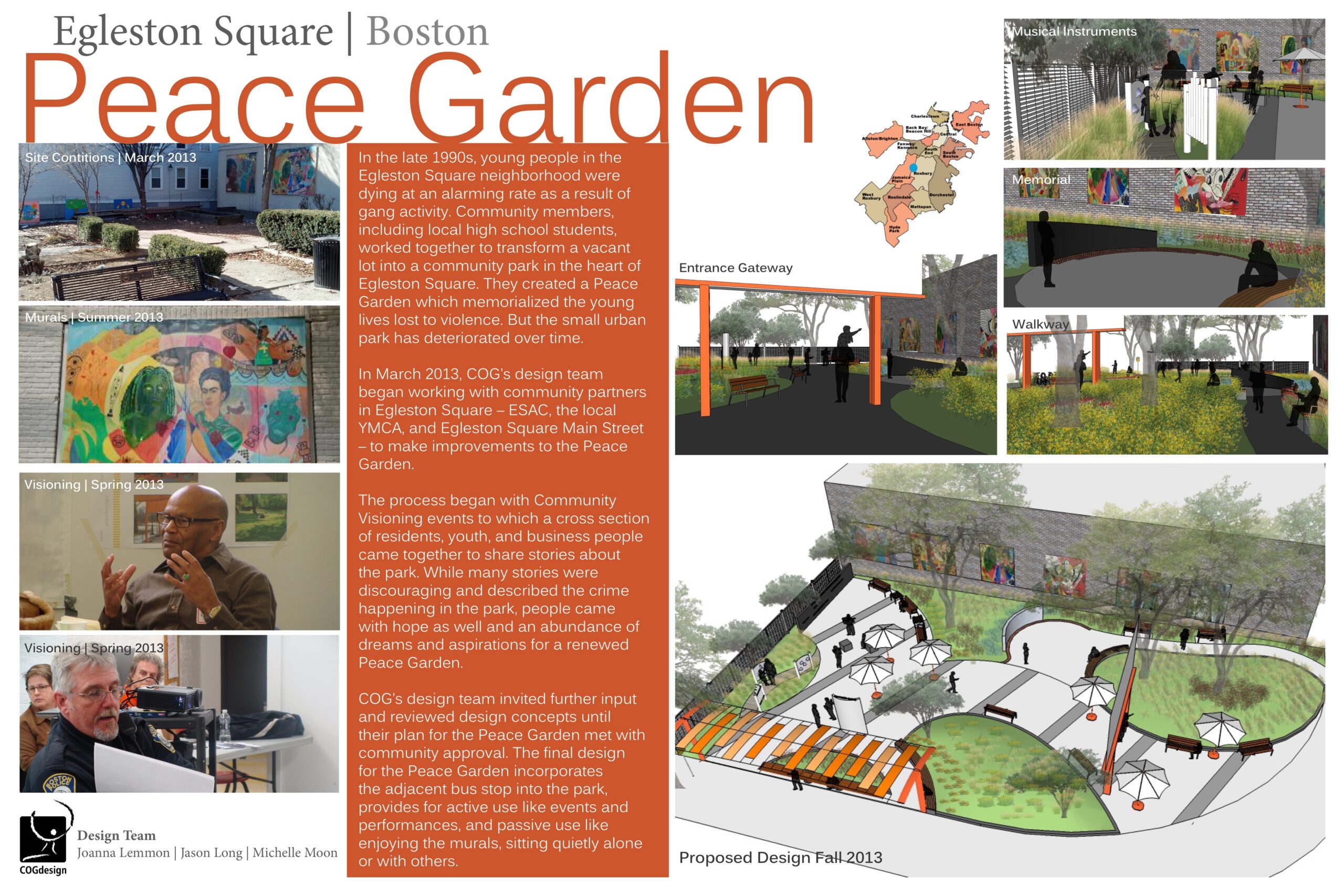
...in Roxbury, a 2011 and 2018 design project in partnership with Ecumenical Social Action Committee and Egleston Square Main Streets, received a green light after the City of Boston purchased the parcel from Clear Channel in May. Thank you to the local and City efforts that brought ownership back to the people so a central neighborhood park can be realized!
Pictured: COG's community-informed concept design for Egleston Square Peace Garden that catalyzed community efforts for CIty ownership of this central green space. Joanna Lemon, Jason Long, Michelle Moon Designers

...broke ground this fall! A 2017 COG project, the garden at Franklin Field Housing is a story of a long-time vision, resilience, and community will to bring gardens to this Boston Housing development in Dorchester. Thank you to our COGdesign project team who have stayed connected throughout the duration of this project, to see it through with integrity to the residents' initial idea!
BHA Administrator Kenzie Bok, Josie Leon, Mayor Wu, Carmen Feliciano, and Jacqueline Olivo at Franklin Field CommUnity Day.

...a 2016 COG project that opened in 2023, was imagined as a community gathering space to celebrate abolitionist history of New Bedford. In October, the park was the site of a fantastic concert, "Lift Us Up: An Afternoon Interlude," in collaboration with the New Bedford Symphony Orchestra and Zeiteron Performing Arts Center.
Lorraine Perry of the Greater New Bedford Beautification Committee walks past the statue of Frederick Douglass at Abolition Row Park in New Bedford as she works on weeding the new park. Peter Pereira photo

...a 2019 COG project, celebrated its opening in September 2023. A once derelict lot was transformed into a community hub featuring garden plots, sitting areas, a play space, and a community mural thanks to multi-generational collaboration and support from local organizations. Former COG Board member Ricky Guerra, who was instrumental in getting the project built, highlighted the garden’s significance for reconnecting communities of color to the land and preserving a space for reflection, growth, and self-sustenance.
Auston Harris, Shani Fletcher, director of GrowBoston, and Ricky Guerra take a walk in the new garden space on the corner of Magnolia and Lebanon Streets. The space is the result of 15 years of dedicated effort by neighbors and other groups. Seth Daniel photo
Upcoming Events

December 10, 2025
COG Design Review
4:30-6 pm
Honan-Allston Branch of the Boston Public Library
300 North Harvard Street
Boston, MA 02134
RSVP here
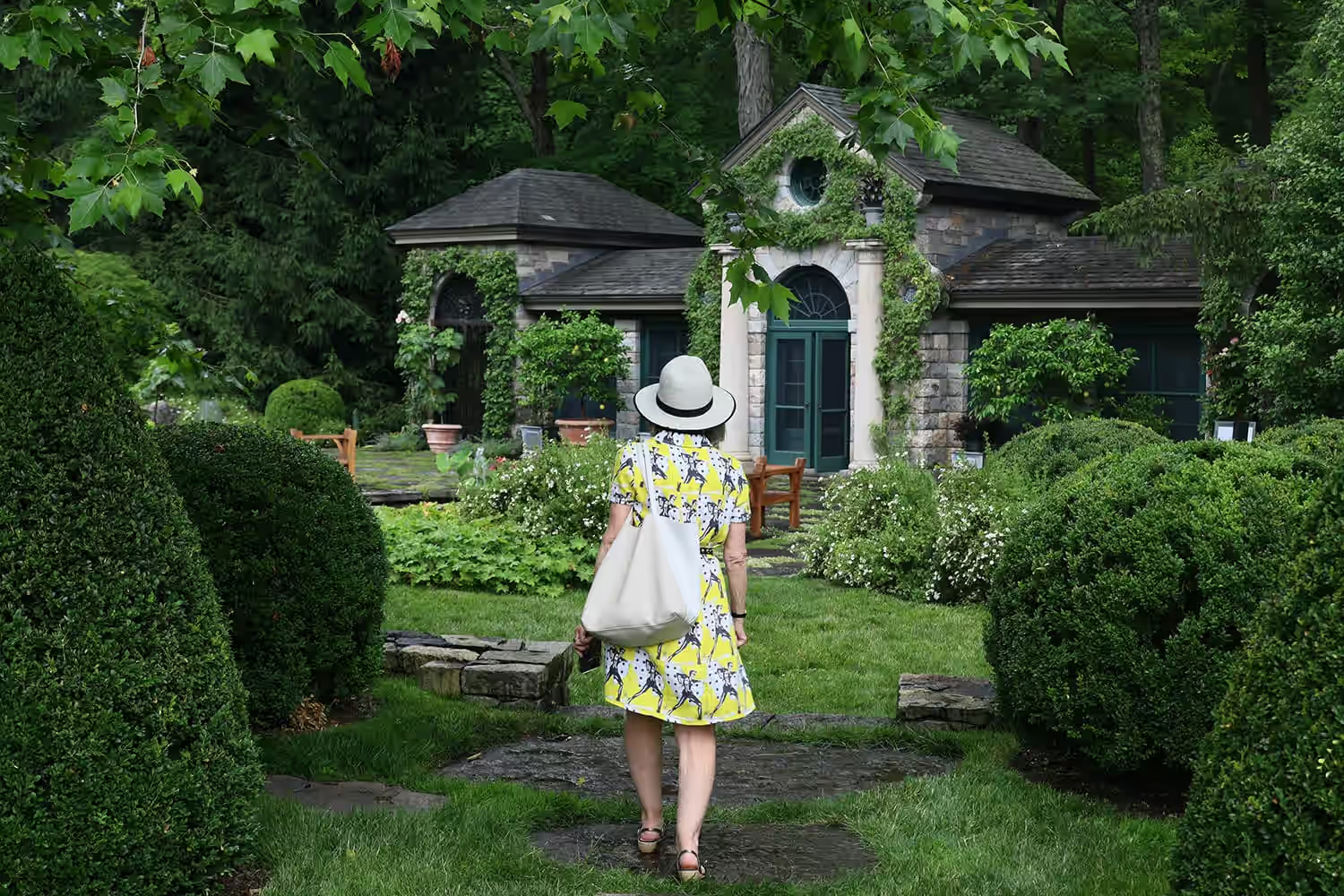
May 2026
COG Partners with Garden Conservancy for Open Days + Digging Deeper Garden Tours
Boston Area
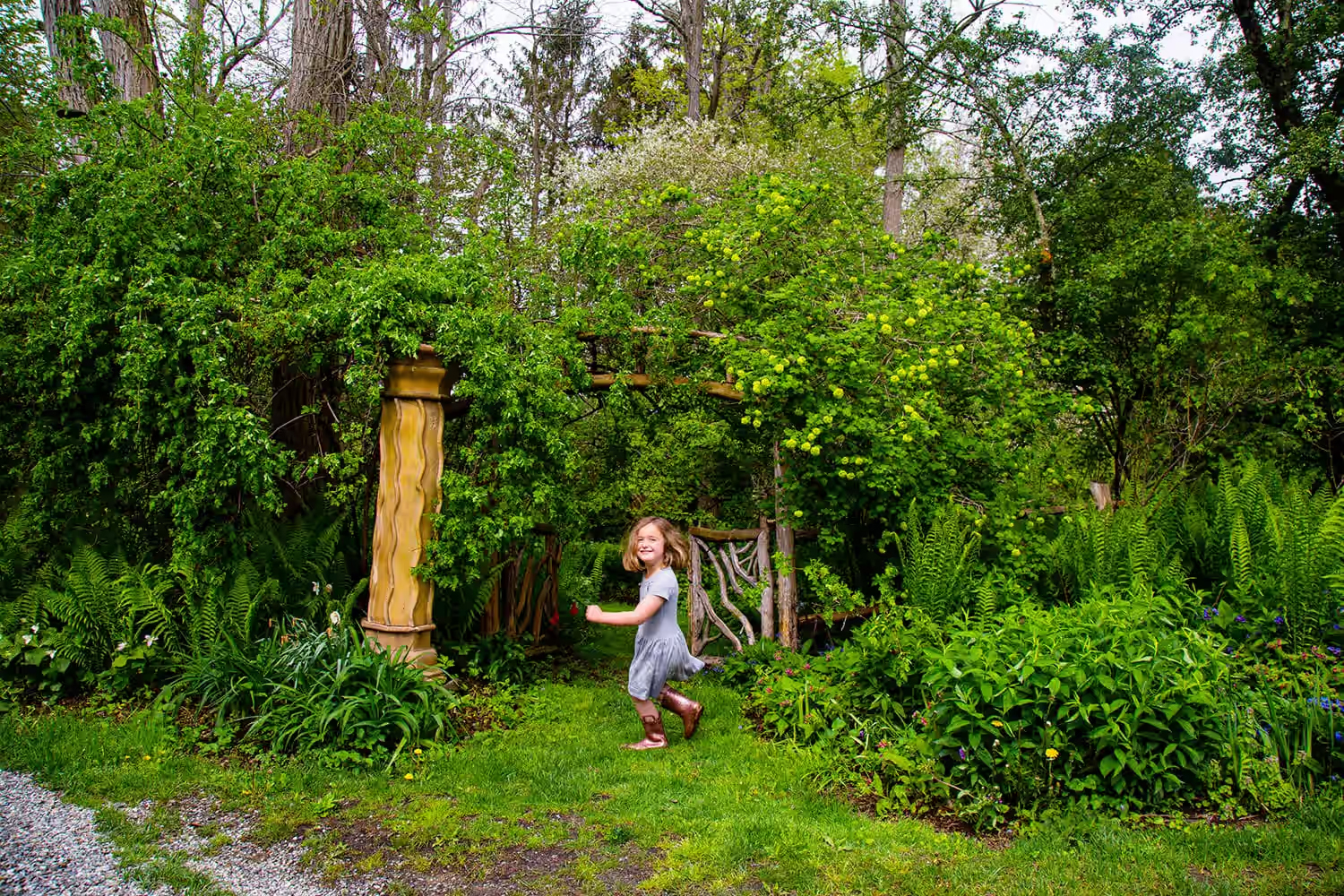
July 2026
COG Partners with Garden Conservancy for Open Days + Digging Deeper Garden Tours
Martha’s Vineyard
Green Space Research
Overwhelming evidence in the scientific literature links nature exposure to improvements in physiological and psychological human health. Over 500 observational and interventional studies, studying over 300 million individuals and understanding over 100 unique health outcome correlations, have convincingly demonstrated that greater nature exposure results in improvements in healthspan, longevity, and prove what we intuitively know – that nature exposure can provide a longer, healthier, and even happier life. Here are just a few of varied studies and reports that impress COG’s mission
Other Reading
Many friends of COG, past and present, have authored beautiful and engaging books in the field of landscape design and architecture, reminding us that our work is both a science and an art.
Staying social
